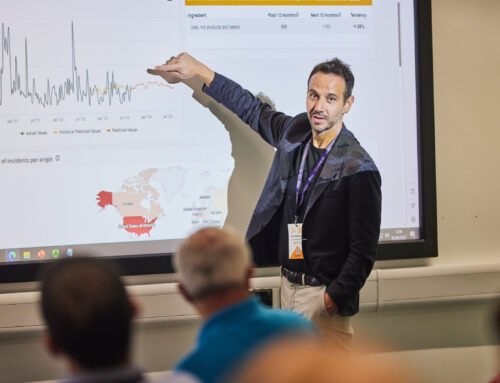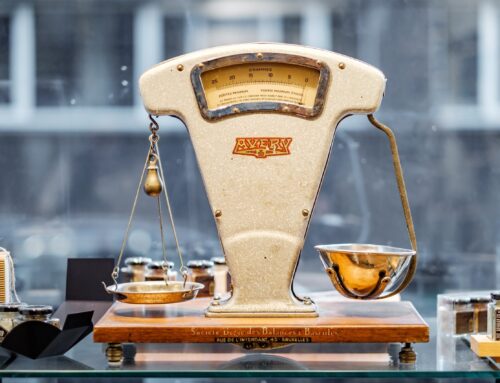
Predictive analytics are so cool.
Nowadays, you can find their application in many sectors, for many critical business decisions. Everyone seems to be discussing the so-called ‘Prediction Machines’ that promises to enhance any type of software system with cheap and easy-to-use AI algorithmic power.
Of course, predictive analytics are also a hot topic in the food sector, especially in terms of food safety challenges – I’ve witnessed some heated discussions. Governments and regulators have started paying closer attention to it as well.
For instance, the US FDA is dedicating a core part of its digital strategy to exploring how to advance the agency’s predictive capabilities. AI and machine learning tools are expected to enable the mining of a large volume of heterogeneous data and therefore, help to anticipate and mitigate foodborne risks.
You may be wondering:
What does the food industry think about this technology?
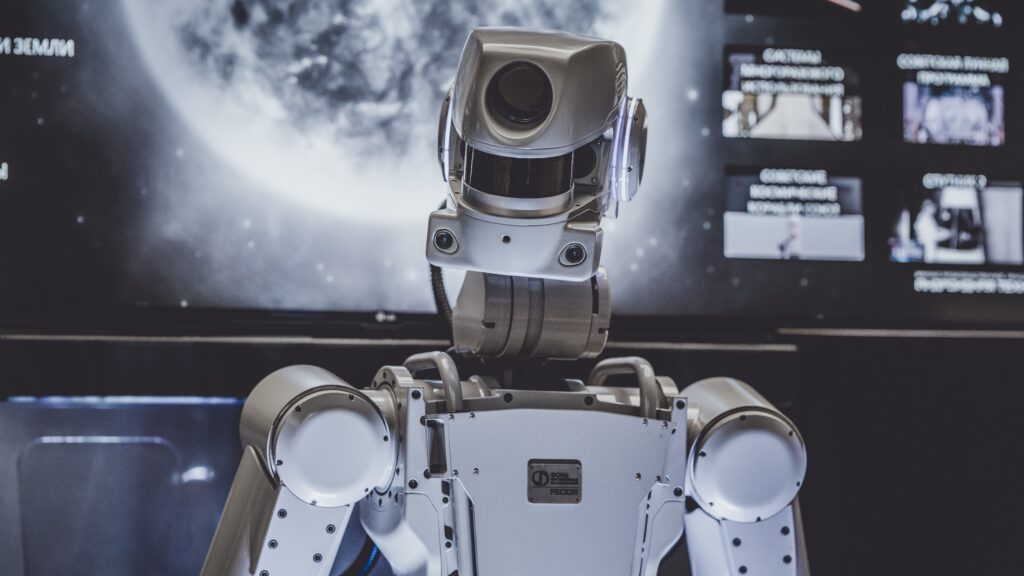
Let me share what a colleague from a large European food manufacturer recently told me:
“There are so many predictive analytics solutions out there;
but they’re still looking for a problem to solve.”
If you think they sound skeptical, you are right.
People working in the food industry hear about A New Amazing Tech That Will Change Your Life very often – maybe too often. Colleagues working for food manufacturers and retailers wonder whether predictive analytics can really help them in food safety incident prevention. They want to transform how they choose and prioritize preventive measures.
They wonder if AI-powered tools can help predict food risks before they occur.
Very often, they are rather suspicious that this concept might evolve into yet another overrated technology hype. Many say that early proofs of concept have proven to be ineffective and costly in terms of in-house efforts. Others seem particularly cautious about whether they should invest in such technologies, especially in times of a global recession and reduced budgets.
I wanted to better understand what the food industry thinks about predictive analytics.
So, I asked.
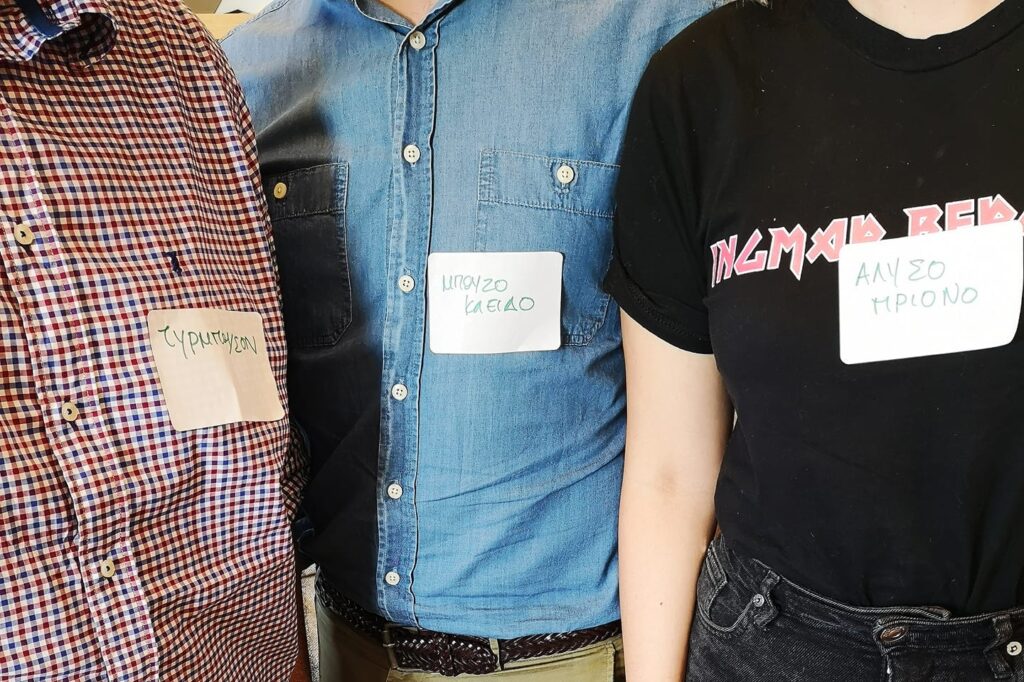
Luckily enough, over the past few months, we have been exploring the applicability and value of predictive analytics in food integrity scenarios. We are currently working on this project with three prestigious partners: the team of Prof. Chris Elliott from Queen’s University of Belfast, the food authenticity testing startup Bia Analytical Ltd., and the scientific modelling & data analytics leader Creme Global.
In the context of this collaboration, we have set up an Industry Innovation Group on Predictive Analytics for Food Integrity. This is an informal group of industry experts that are interested in following the partnership’s work, participating in shaping requirements, and learning how predictive analytics could work for ingredients and raw materials of high importance to their business. As of today, they come from over 20 companies of different types and sizes.
We asked this group a very simple, but an important question: “What is your experience with predictive analytics?”
Their response was extremely interesting:
Almost 45% said that they have heard and read a lot about predictive analytics, but they haven’t tried it yet.
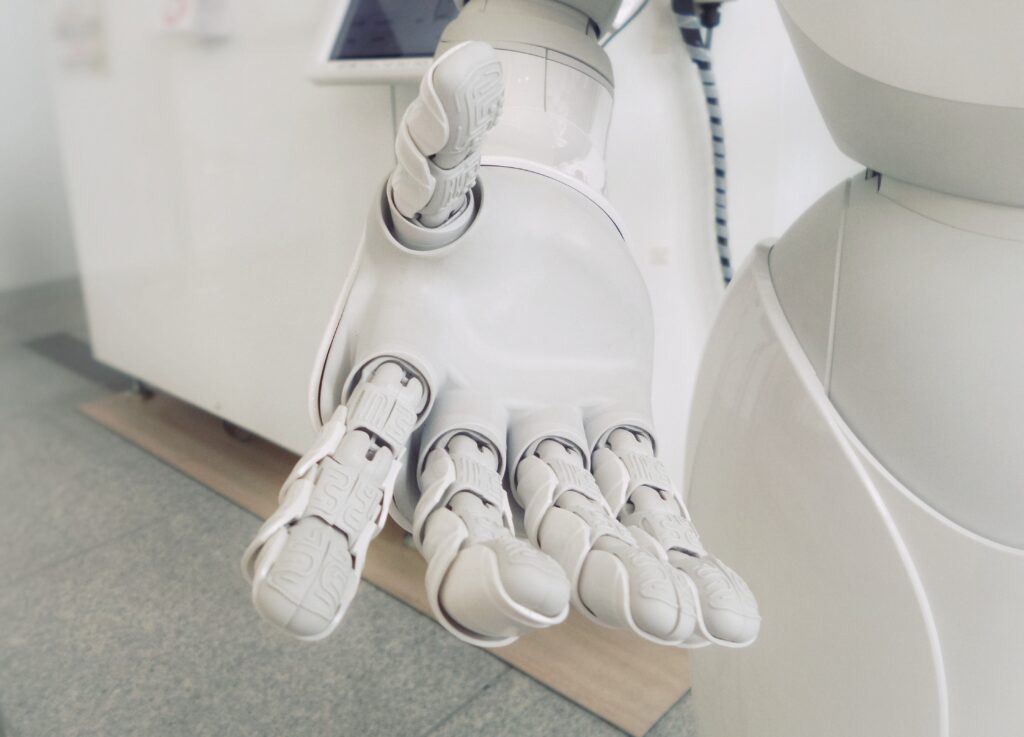
I see tremendous value in enhancing the predictive capabilities of food risk assessment and prevention. I also believe that there is an untapped potential in the way that AI-powered prediction machines can help us anticipate and mitigate food risks.
On the other hand, training, deploying and operating a reliable predictive analytics solution for food safety is not as simple as it may initially seem.
What I hear from the industry is that companies want to give this technology a serious chance. They are already devoting significant budget to it as they know it will lead to better decision making and a competitive advantage.
On the other hand, they also say:
- They do not have time to experiment with immature, incomplete solutions that have no clear objectives.
- They need reliable, consistent, well thought out tools and services will support people in existing tasks and decision making.
- They are looking for tools that will help them save time, prevent risks, and manage resources effectively.
- They are keen to use solutions that can work next to the human experts, providing recommendations that will support food safety professionals in their decision making process.
Simply put: the food industry is looking for reliable predictive analytics solutions that can be applied in real-life business settings, to help solve every day food safety challenges.


